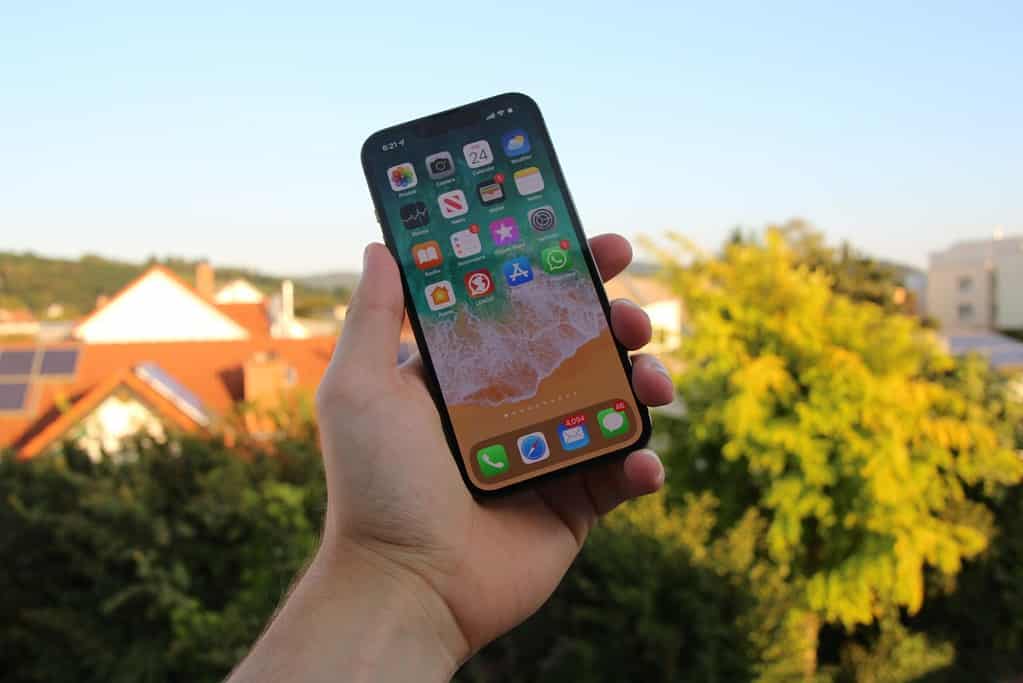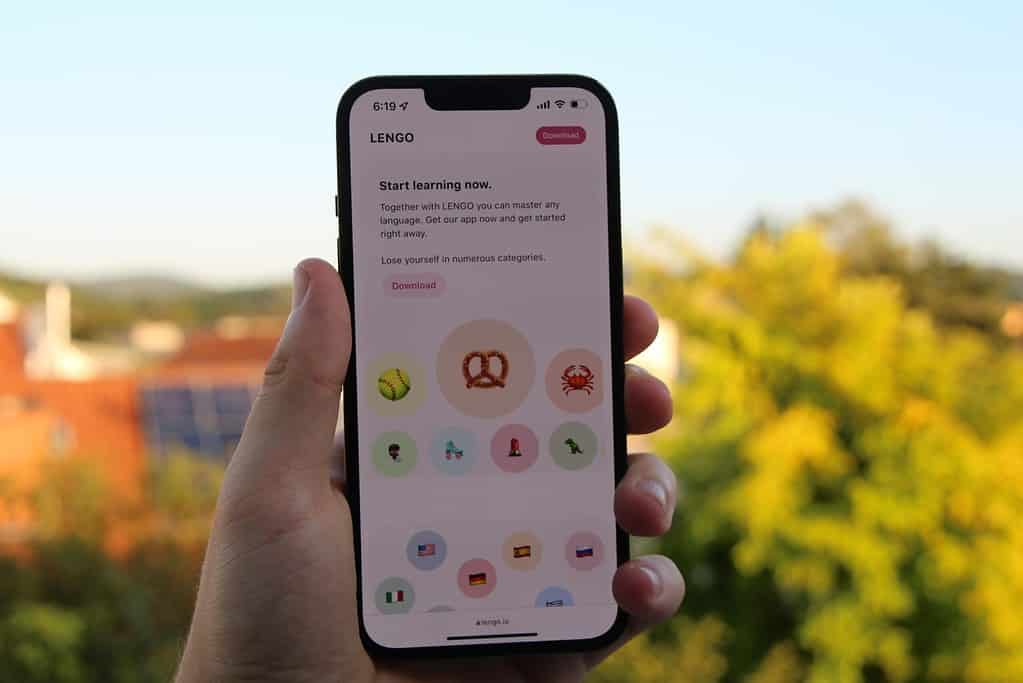Introduction to Tech-Savvy Language Learning
In today’s digital era, language learning is no longer confined to textbooks and classroom lectures. A wave of innovative tools and mobile platforms has transformed how English-speaking learners approach French study. By integrating technology into your practice, you can enjoy a flexible and personalized approach to learning, which in many cases provides interactive methods that traditional courses simply lack. Platforms like swaplang allow you to engage directly with native speakers, ensuring that your learning experience is both modern and effective. This post explores a variety of digital resources, highlighting their strengths, practical integration tips, and real-life success stories shared by users.
For those who enjoy a blend of technology and cultural immersion, incorporating digital tools into your French practice opens the door to innovative study methods, real-time feedback, and accessible learning schedules. Whether you are a beginner or seeking to hone your conversation skills, the evolution of tech-savvy language learning has something to offer everyone.
The Role of Digital Tools in Language Acquisition
Digital tools have reshaped language acquisition by catering to diverse learning styles and providing customized, bite-sized lessons to fit busy schedules. Well-designed apps harness the power of gamification, engagement through social connectivity, and even machine learning to adapt lessons to your needs. Tools like Duolingo, for instance, present French lessons as quick, engaging exercises, with research revealing that 34 hours on the app can equate to the learning outcomes of a college introductory class (source). Such innovative approaches allow learners to progress at their own pace while enjoying an interactive experience.
Moreover, language exchange applications such as Tandem provide a platform where learners can converse directly with native French speakers. This interaction mirrors real-life conversations, enhancing confidence and fluency in a practical setting (source). In this era of learning innovation, digital tools not only supplement traditional classroom methodologies but sometimes offer even more efficient paths toward language mastery.
Review of Recommended Apps and Platforms
The market is brimming with innovative platforms tailored to French language learners. Duolingo remains a household name with its engaging, bite-sized lessons that make study sessions both productive and fun (source). Tandem connects learners to a global community for real-time conversations (source), while Memrise uses spaced repetition and mnemonic devices for effective vocabulary retention (source).
For those who enjoy learning through multimedia, Lingopie offers interactive streaming content featuring dual subtitles and video-based flashcards (source). Other notable tools include Reverso, which provides context-based translation tools and flashcards (source), Mondly featuring speech recognition and even augmented reality experiences (source), and Beelinguapp, which presents bilingual texts in parallel for improved comprehension (source). Together, these platforms contribute to a well-rounded learning approach, blending the best of technology and language pedagogy.
Integrating Apps into Language Exchange Sessions
One of the most effective ways to maximize technological tools is by blending them with traditional language exchange sessions. For example, you might begin your learning process with an interactive Duolingo lesson and then transition into a conversation exchange using swaplang’s secure and flexible platform (swaplang). This two-pronged approach ensures that your understanding of grammar and vocabulary is immediately put into practice in realistic conversations.
Another strategy is to use apps like Memrise or Mondly for vocabulary drills before engaging in a language exchange. Having key phrases and words at your fingertips builds confidence and makes interactions with native speakers more rewarding. Incorporating digital flashcards or translation tools such as Reverso into your study routine keeps the learning process dynamic and well-rounded, ensuring that each practice session targets both language recall and conversational fluency.
User Testimonials: Real-World Effectiveness
Success stories from language learners add a human touch to the statistics and features mentioned above. Many users have praised Duolingo for how its engaging, bite-sized lessons made French learning accessible even on the busiest days (source). Others have shared positive experiences with Tandem, highlighting its capability to connect them with native speakers from across the globe in a friendly and supportive community (source).
Testimonials also spotlight the benefits of Memrise’s spaced repetition system, which has helped learners retain challenging vocabulary over time (source). In addition, interactive platforms like Lingopie have received accolades for merging entertainment with educational content, making the language learning journey both enjoyable and effective (source). Such endorsements reinforce the importance of integrating digital tools with traditional conversational practice.
Practical Tips for Maximizing Digital Tools
To truly harness the benefits of digital language tools, it is essential to adopt a mindful and structured approach. Start by setting clear learning goals—be it mastering basic conversation or expanding your vocabulary for professional use. Combining consistent short sessions with regular language exchanges can lead to significant improvements in fluency. For instance, integrating a scheduled 15-minute session on Duolingo with a weekly conversation session on swaplang allows you to reinforce what you learn digitally in face-to-face interactions.
Additionally, consider mixing your digital study routines. Tools like Reverso can be especially useful when coupled with practical conversation prompts, such as those shared in insights on mastering conversational French (learn more about language exchanges). Experiment with various platforms to find a combination that suits your learning style. Incorporating elements of gamification and challenge into your routine keeps motivation high and makes even the most daunting language tasks seem approachable.
Conclusion: Embrace Technology for Enhanced Learning
Digital language learning tools have reshaped the landscape of acquiring French skills, melding technology with time-tested teaching methodologies. From Duolingo’s engaging bite-sized lessons to Tandem’s real-time language exchanges and supportive communities, these innovations provide a robust framework that complements traditional language learning. By integrating apps and platforms into your practice sessions, you can tailor your study routine, remain engaged, and experience language learning in fresh, interactive ways.
For learners looking to blend digital learning with interpersonal interactions, platforms like swaplang provide an excellent solution by connecting you directly with native speakers in secure, flexible sessions. As you continue exploring tech-enabled learning methods, consider reading more on topics such as French idioms and expressions and everyday conversation tips to further enrich your language journey. Embrace technology and let it be the catalyst that propels your French proficiency to new heights.

















